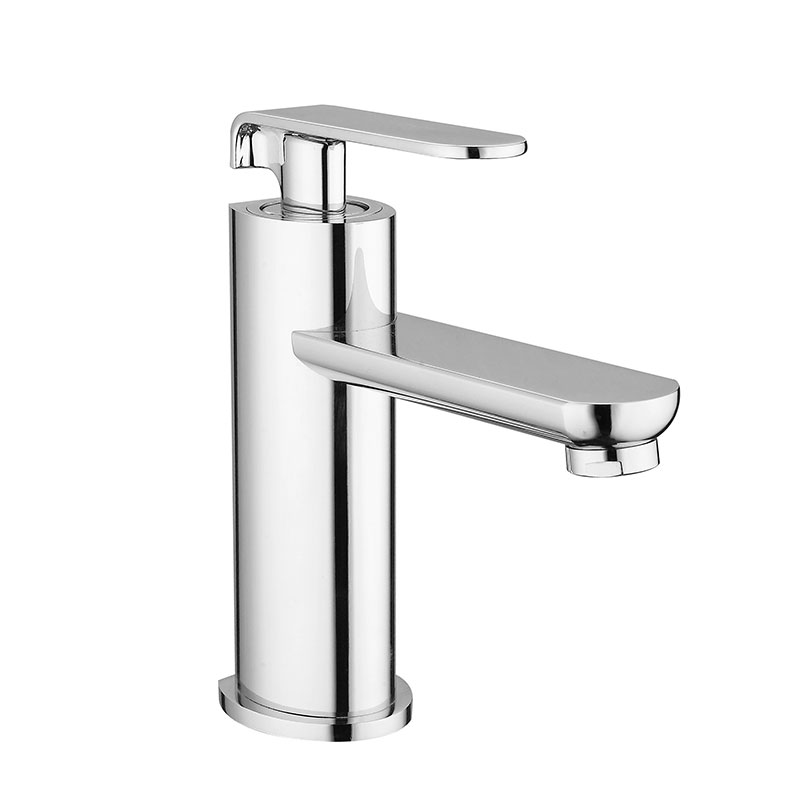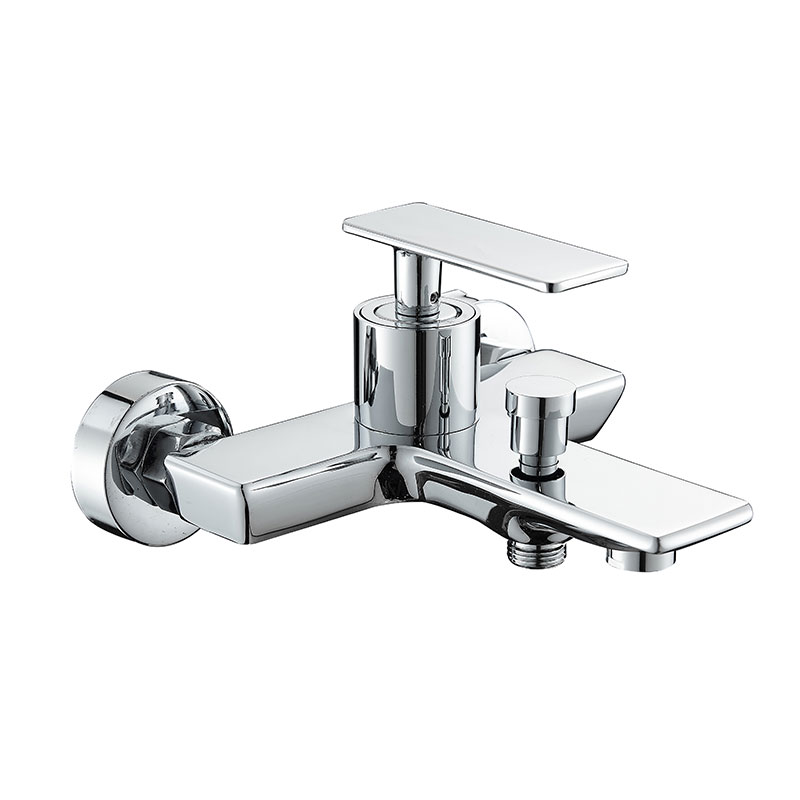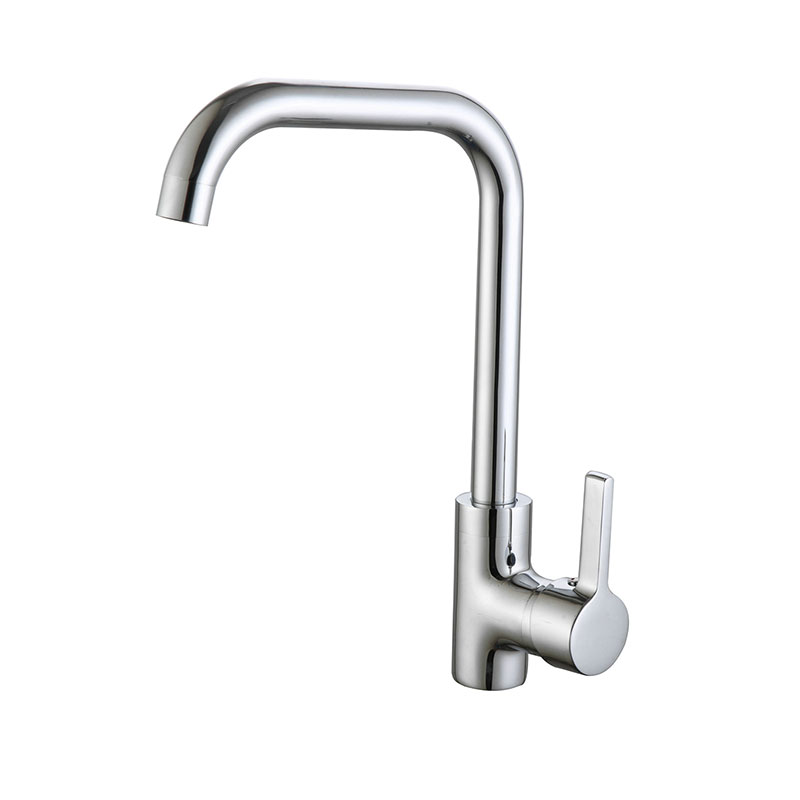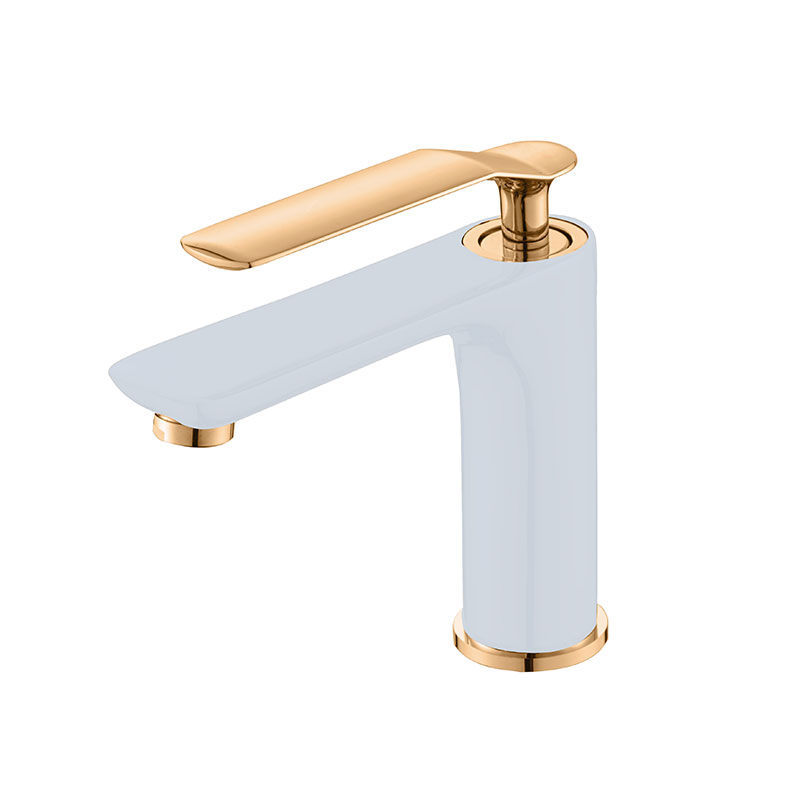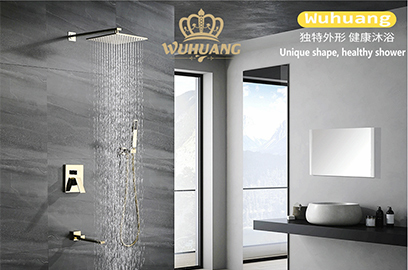When you turn on your Kitchen Faucet or Basin Faucet, cloudy, brown, or yellow water might raise concerns. These issues are usually linked to water quality, pipelines, or water source environments. Below is a clear breakdown of different water discoloration issues in a table format to help you identify problems and take appropriate actions:
1. Core Causes and Solutions for Different Water Discoloration Issues
| Color/Appearance | Possible Causes | Common Scenarios | Main Impacts | Solutions |
| Cloudy (with bubbles) | Dissolved air forms tiny bubbles in water, increased by water flow impact | Right after turning on the faucet, during frequent water pressure changes | Temporary visual impurity; clears after standing, no health risks | 1. Let water run for 1-2 minutes until bubbles disappear 2. Clean the faucet aerator to prevent blockage causing air mixing |
| Brown/Dark Brown | 1. Aging rusty pipes: Rust particles shed into water 2. Water source pollution: Sediment, humus, or other impurities mixed in | 1. Old residential areas, first use after long-term inactivity (e.g., after a long trip) 2. Post-rainstorm, industrial pollution areas | 1. Rust may contain heavy metals, posing long-term health risks if consumed 2. Pollutants may cause gastrointestinal discomfort3. Pipe blockage and damage to water appliances | 1. Rusty pipes: Flush pipelines monthly; replace with PPR/stainless steel pipes if severe 2. Source pollution: Monitor water quality announcements, install pre-filters for large particle filtration, use bottled water if necessary |
| Yellow/Light Yellow | 1. Excessive minerals: Iron/manganese ions oxidize into yellow deposits 2. Disinfectant residue: Excess chlorine or prolonged retention in pipes | 1. Groundwater supply areas, after long-term use of water heaters/hot water pipes2. High-rise buildings with long pipelines, slow water flow | 1. Excessive minerals may increase stone formation risk and damage water heater liners (scale buildup)2. Residual disinfectants may irritate skin and cause odors | 1. Mineral issues: Install activated carbon filters or whole-house water purification systems 2. Disinfectant residue: Let water run for 3-5 minutes to allow evaporation; use faucet filters with activated carbon cartridges |
2. Common Impacts and Prevention Tips
(1) Common Impacts
①Daily inconvenience: Cloudy/discolored water is unsuitable for drinking, cooking, or washing fruits/vegetables; may stain clothes and tableware.
②Appliance damage: Rust and scale block pipelines (especially in kitchen faucets and water heaters), reducing appliance lifespan and increasing energy consumption (e.g., 30% lower efficiency in water heaters).
③Health risks: Long-term exposure to polluted water or excessive minerals may cause skin sensitivity or gastrointestinal issues.
(2) Three-Step Prevention Method
①Regular cleaning: Wipe faucet surfaces and aerators with a soft cloth and neutral detergent every quarter; have water heater liners professionally cleaned annually.
②Pipeline maintenance: For residents in old buildings, monitor water color; if brown water recurs, inspect kitchen and bathroom pipelines (especially galvanized iron pipes) first, and replace with corrosion-resistant materials gradually.
③Graded filtration systems:
• Basic level: Install a simple activated carbon filter on your kitchen faucet to improve drinking water taste.
• Advanced level: Install a whole-house pre-filter (for sediment/rust) + central water purifier (for organic matter adsorption) to safeguard household water safety.
3. When to Seek Professional Help?
Contact your local water utility or a water quality testing agency if you observe:
• Simultaneous water discoloration across the entire building or community
• Persistent discoloration for over 24 hours
• Strong unusual odors (e.g., fishy smell, excessive bleach odor)
• Frequent skin itching, diarrhea, or other discomforts after water use
By analyzing scientifically and taking targeted measures, most water discoloration issues can be resolved effectively. Paying attention to these “color signals” from your faucet is the first step to protecting your family’s water safety!

